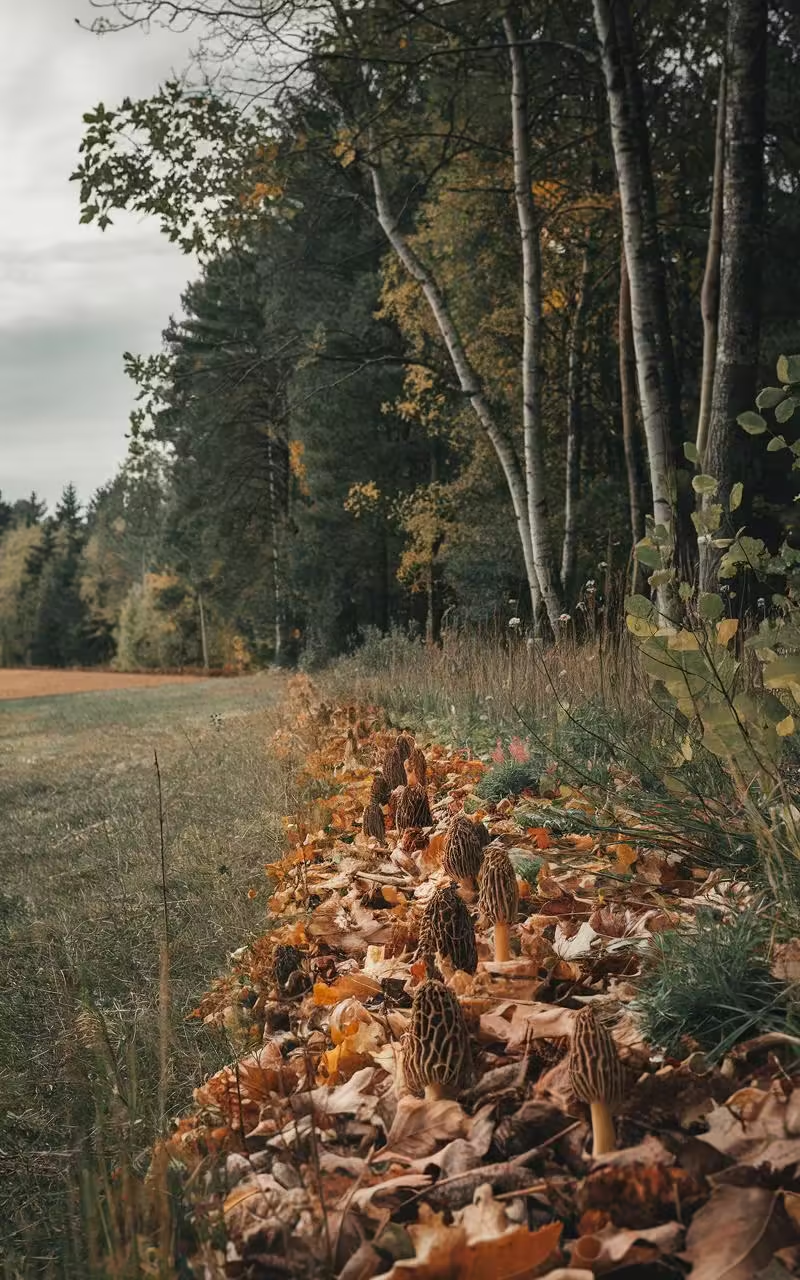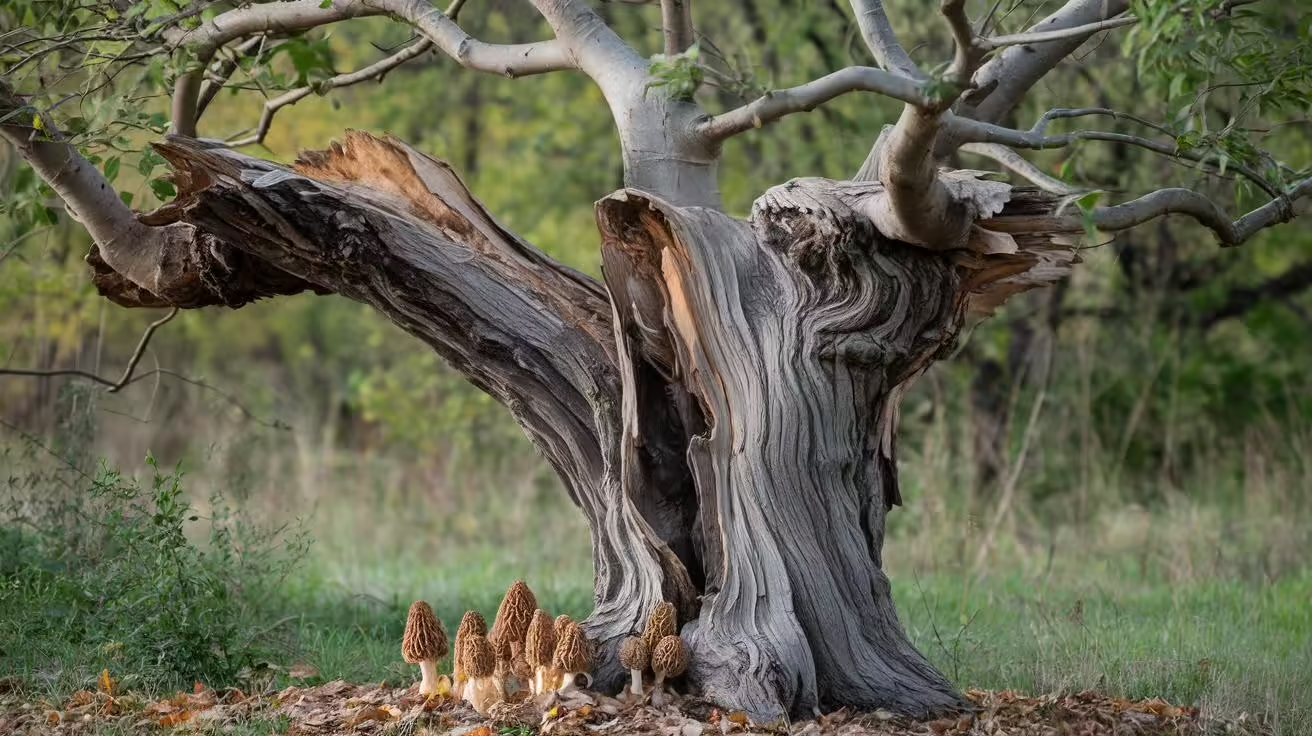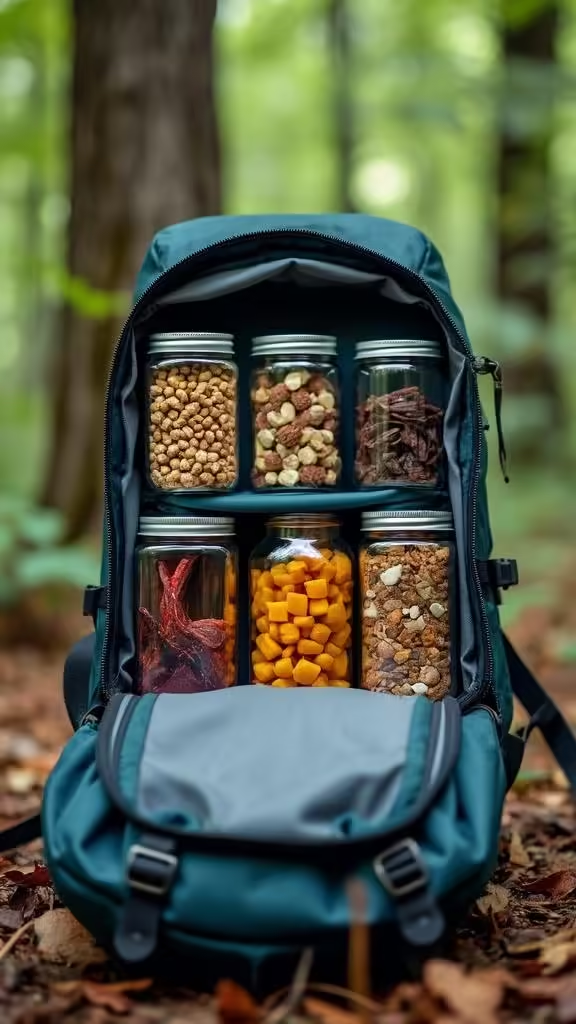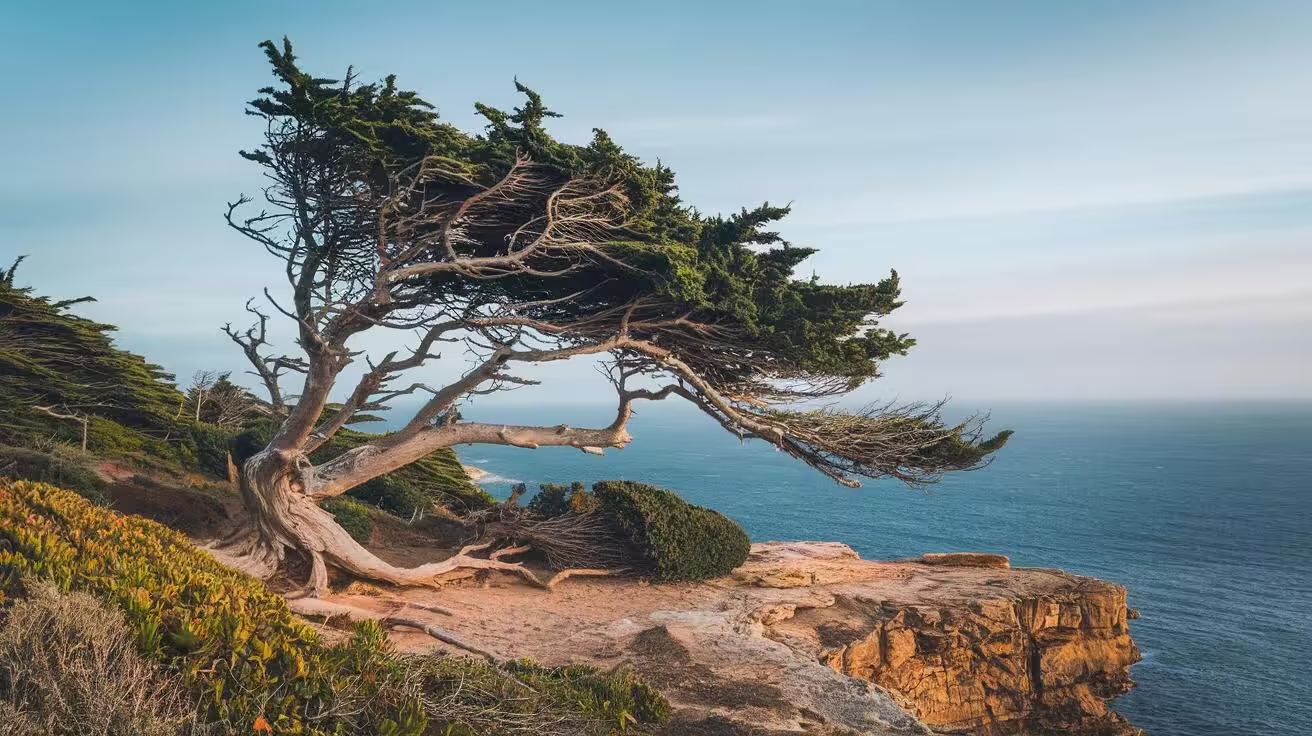The Secret Spots Where Morels Are Hiding (And How to Find Them)
Morels, those elusive spring mushrooms, have been my obsession for years. I’ve tramped through forests, scaled hills, and even battled ticks in my quest for these culinary treasures. Trust me, the thrill of the hunt is worth it.

Why Are These Fungi So Darn Hard to Spot?
It’s not just you. Morels are masters of camouflage. They grow low to the ground, often blending in with fallen leaves and twigs. But there’s more to it than that.
These finicky fungi demand specific conditions to thrive. Get it wrong, and you’ll be wandering aimlessly through the woods, cursing your luck.
The Goldilocks Zone: Not Too Hot, Not Too Cold
Morels are picky about temperature. They start popping up when the ground hits about 53°F (12°C). But here’s the kicker – they love it when the soil stays between 50-60°F (10-16°C).
I remember one spring when I jumped the gun, heading out too early. The ground was still cold, and I came home empty-handed. Lesson learned: patience pays off.
Air temperature matters too. Aim for daytime highs of 60-70°F (16-21°C) and nighttime lows in the mid-40s (around 7°C). It’s like they’ve got their own little weather station.
Moisture: The Delicate Balance
Morels are thirsty creatures, but they’re not fond of swimming. They need moist soil, but too much rain can drown them out. Well-drained areas that get plenty of rainfall are your best bet.

One year, after a particularly wet spring, I found a bumper crop near a sloping riverbank. The excess water had drained away, leaving perfect conditions for morels to flourish.
The Spring Rain Dance
There’s something magical about a good spring rain. It’s like nature’s alarm clock for morels. After a solid shower, grab your basket and head out. The mushrooms seem to pop up overnight.
In mountainous areas, keep an eye on the snowmelt. As it trickles down, it keeps the soil cool and moist – prime morel real estate.
Sun-Seeking Strategies: Timing Is Everything
Early in the season, focus on south and west-facing slopes. These areas warm up faster, giving morels a head start. As the season progresses, shift your attention to east and north-facing slopes. They stay cooler and moister, extending your hunting window.
I once spent a whole day scouring a south-facing hillside with no luck. On a whim, I crossed over to the north side and hit the jackpot. It was like stepping into a different world.

Tree Hugging: The Morel’s Best Friends
Morels are social fungi. They love to hang out near certain trees. Keep your eyes peeled around elm, ash, oak, sycamore, and cottonwood. Both living and dead trees can be hotspots.
Dead elms are the holy grail of morel hunting. Look for trees with bark that’s just starting to loosen. It’s like a neon sign saying “Morels here!”
Forests are generally your best bet. You’re not likely to find morels in high deserts, grasslands, or coastal areas. Stick to the woods, and your chances skyrocket.
Disturbed Ground: Nature’s Morel Factory
Morels have a thing for chaos. Areas that have been disturbed are often goldmines. Burn sites, especially those 1-5 years old, are prime hunting grounds.
The sweet spot is usually 2-3 years after a fire.

Clear cuts and areas where trees have fallen are also worth checking out. It’s like the morels are nature’s way of healing the land.
Key Takeaway
Morels thrive in specific conditions. Master these, and you’ll be well on your way to mushroom glory.
Expert Search Tactics: Be the Morel Whisperer
Found one morel? Stop right there. Where there’s one, there’s likely more. I once spent an hour in a 10-foot radius after spotting a single morel. By the time I was done, my basket was overflowing.
Bring a walking stick. Use it to gently move vegetation aside. You’d be amazed at how many morels are hiding just out of sight.

Training Your Eyes: The Corn Cob Trick
Here’s a pro tip: Bring a corn cob with you. Why? Its pattern is surprisingly similar to a morel’s. Use it to train your eyes. Toss it on the ground and practice spotting it. Soon, you’ll be seeing morels everywhere.
Stand at the bottom of a slope and look uphill. This angle makes morels easier to spot against the backdrop of leaves and soil.
Debunking the May Apple Myth
You might have heard that morels grow near May Apples. Don’t waste your time. There’s no real connection – it’s just coincidence. I’ve found plenty of morels with nary a May Apple in sight.
Regional Differences: Timing Is Everything
In the Deep South, morel season kicks off in March and ends sooner. Mid-South and Midwest? April through May is prime time. Up in the Upper Midwest and Northeast, you’re looking at May through June.
Don’t discount higher elevations. Morels can be found in mountain forests, but they’re just as happy in lower spots like river bottoms.
The Hunt Begins: What Are You Waiting For?
Armed with this knowledge, you’re ready to join the ranks of morel hunters. Remember, patience and persistence are key. Even seasoned pros have off days.

Next up, we’ll dive into some advanced techniques, common pitfalls to avoid, and how to make the most of your morel bounty. But for now, get out there and start hunting. The forest floor is calling, and those morels won’t find themselves!
The Microclimates That Morels Love
Think small. Really small. Morels thrive in microclimates – tiny pockets of perfect conditions.
Look for south-facing slopes early in the season. These warm up faster, giving morels a head start.
As the season progresses, shift to north-facing slopes. They stay cooler and moister longer.
I once found a motherlode of morels in a small depression on an otherwise barren hillside. It was like a tiny oasis of fungal goodness.
The Dead Tree Jackpot
Dead and dying trees are morel magnets. But not all dead trees are created equal.
Focus on elms, ash, and apple trees. These are morel favorites.
Look for trees that have been dead for 1-3 years. The bark should be just starting to peel.
I once stumbled upon an old apple orchard that had been abandoned. It was like hitting the morel lottery!
The Fire Factor: Nature’s Reset Button
Forest fires might seem destructive, but they’re a boon for morel hunters.
Morels love burn sites, especially 1-3 years after a fire.
The heat and ash create perfect conditions for morel growth.
Be careful though – some areas restrict foraging in burn sites. Always check local regulations.
The Edge Effect: Where Worlds Collide
Morels love boundaries. Where different ecosystems meet, magic happens.
Look for the edges of forests, where they meet fields or clearings.

Pay attention to transitions between different types of trees.
I once found a line of morels right along the edge of a pine forest meeting a deciduous wood. It was like they were standing at attention!
The Elevation Game: Climbing for Mushrooms
Don’t forget to look up. Elevation changes can extend your morel season.
Start low and work your way up as the season progresses.
In mountainous areas, you can sometimes find morels at higher elevations well into summer.
One year, I followed the morel season from valley floor to mountaintop. It was like having spring three times in one year!
The Soil Secret: It’s All About pH
Morels are picky about their soil. They prefer slightly alkaline conditions.
Look for areas with limestone or calcium-rich soil.
Avoid highly acidic soils like those found in pine forests.
A soil pH tester can be a valuable tool in your morel hunting kit.
The Weather Window: Timing Is Everything
Morels are weather sensitive. Knowing when to hunt is half the battle.
Look for periods of warm days (60-70°F) and cool nights (40-50°F).
A good rain followed by a few warm days is prime morel time.
The Companion Plants: Nature’s Clues
While May Apples aren’t reliable indicators, other plants can be.
Look for areas with trilliums, bloodroot, and wild leeks (ramps).
These plants often share similar habitat preferences with morels.
The Tools of the Trade: Gearing Up for Success
Proper equipment can make or break your hunt.
A mesh bag is essential. It allows spores to spread as you walk.
A walking stick and a good knife will help on your journey.





Leave a Reply